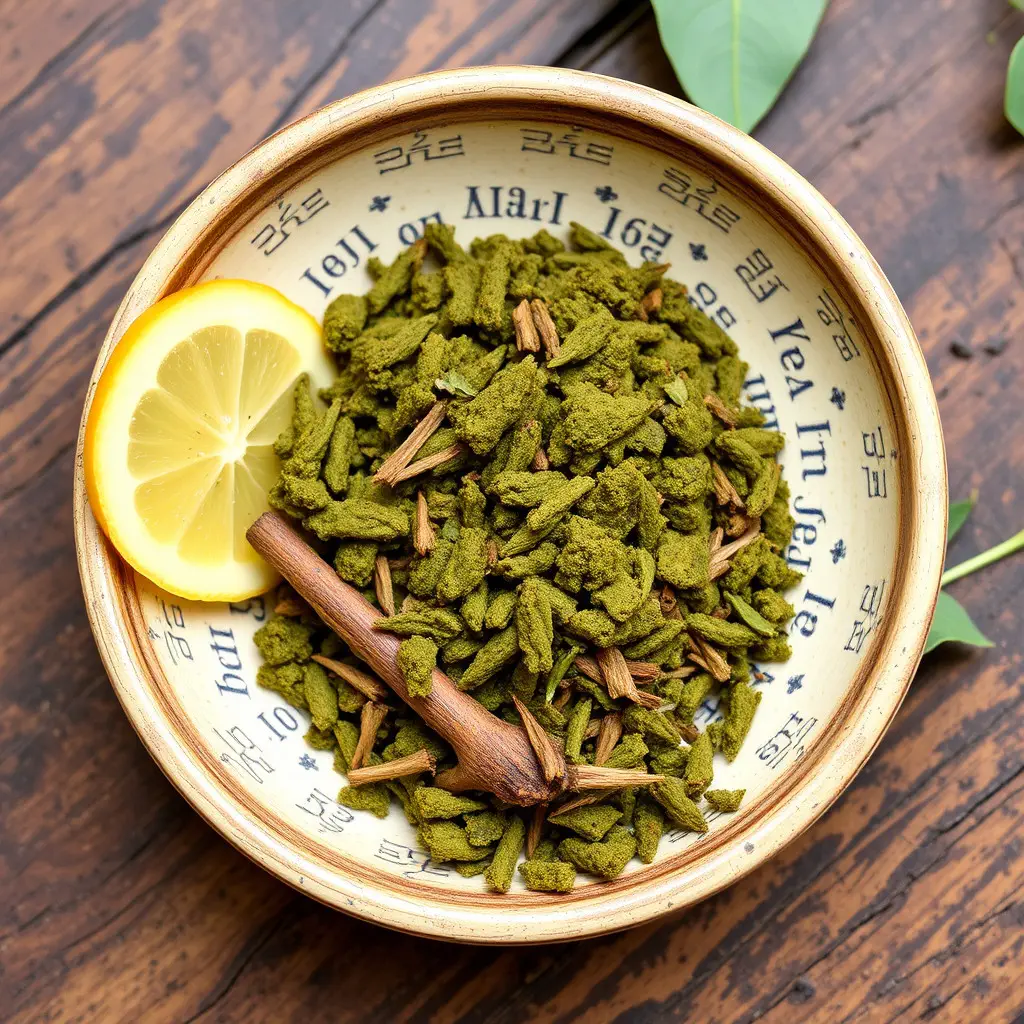Kratom, from the Mitragyna speciosa tree, is a promising ergogenic aid for athletes due to its alkaloids that can enhance energy and manage pain. It may improve endurance, stamina, and recovery, with specific strains like Maeng Da or Bali offering different benefits. Athletes should use kratom judiciously, adhering to recommended dosages and regulatory guidelines to avoid performance-enhancing complications. While kratom can be beneficial for energy and recovery, it's distinct from kava, which is used through specialized kava smoking accessories for relaxation and pain relief before and after workouts. Kava aids in mental clarity and physical readiness and helps with post-exercise recovery by promoting better sleep and mindfulness. Both kratom and kava should be used responsibly, with proper dosing and safety measures, to enhance athletic performance without compromising health or violating regulations. Athletes are advised to consult healthcare professionals before integrating these substances into their sports nutrition plan for informed decision-making and optimal results.
Exploring the intersection of sports nutrition and kratom opens a new chapter in athletic performance optimization. This article delves into how integrating kratom can enhance energy levels and expedite recovery, all within the framework of a balanced training diet. Additionally, it examines the role of kava smoking accessories as part of pre-workout rituals and post-exercise relaxation routines, providing a holistic approach to athletic enhancement. Unlock peak performance with insights tailored for the dedicated athlete seeking an edge in their discipline.
- Unlocking Peak Athletic Performance with Sports Nutrition and Kratom: A Comprehensive Guide
- Integrating Kratom into Your Training Diet: Strategies for Enhanced Energy and Recovery
- The Role of Kava Smoking Accessories in Pre-Workout Rituals and Post-Exercise Relaxation
Unlocking Peak Athletic Performance with Sports Nutrition and Kratom: A Comprehensive Guide

Unlocking optimal athletic performance often necessitates a strategic approach to nutrition, which includes considering complementary supplements that can enhance an athlete’s capabilities. Among such supplements, kratom has garnered attention within sports nutrition circles for its potential ergogenic effects. Kratom, derived from the Mitragyna speciosa tree, is known for its alkaloid content, which may influence energy levels and pain perception, both of which are crucial for athletes striving to maintain peak performance. Proper dietary planning, when augmented with kratom, can contribute to improved endurance, stamina, and recovery times.
When incorporating kratom into a sports nutrition plan, it’s important to focus on the right strains and dosages, as these factors can significantly influence the outcome. For instance, certain strains like Maeng Da or Bali are often favored for their balance of stimulating and sedative effects, which can be beneficial before and after intense training sessions. Additionally, kratom should be used responsibly and in accordance with athletic governing bodies’ regulations to avoid any potential performance-enhancing drug violations. Kava smoking accessories, while distinct from kratom, also belong to the same botanical family and are sometimes used for their calming effects. However, their role in sports performance is less established and should be approached with caution. Athletes looking to integrate kratom into their regimen must prioritize informed decision-making, adhering to expert guidelines and safety protocols to maximize performance enhancement while minimizing risk.
Integrating Kratom into Your Training Diet: Strategies for Enhanced Energy and Recovery

When considering the integration of kratom into a sports nutrition plan for enhanced energy and recovery, it’s crucial to approach this topic with caution and a comprehensive understanding. Kratom, a plant-based substance from Southeast Asia, has gained attention in various wellness circles for its potential ergogenic benefits. To effectively incorporate kratom into your training diet, one must first familiarize themselves with the different strains of kratom—such as Maeng Da, Bali, and Thai—and their distinct effects on energy levels and mood. For instance, certain strains are known to stimulate energy and focus, which can be beneficial during intense training sessions. Additionally, careful dosing is key; consuming kratom in moderation can support physical endurance and mental fortitude, potentially leading to improved athletic performance.
Moreover, the role of kratom in recovery cannot be overlooked. Its alkaloid content may contribute to post-exercise muscle soreness relief, aiding in a more rapid recovery process. To complement this, it’s advisable to pair kratom use with proper hydration and a balanced diet rich in macronutrients like proteins, carbohydrates, and fats. While the integration of kratom into a sports nutrition plan may offer benefits for energy and recovery, it’s important to note that its use should be informed by a thorough understanding of the substance, adherence to recommended dosages, and ideally, under the guidance of a healthcare professional. It’s also pertinent to differentiate kratom from other substances like kava, which has its own set of applications and accessories for consumption such as kava smoking accessories, but should not be confused with or used interchangeably with kratom. A strategic approach to incorporating kratom into your training regimen can potentially enhance both your performance and recovery phases, contributing to overall athletic excellence.
The Role of Kava Smoking Accessories in Pre-Workout Rituals and Post-Exercise Relaxation

Kava smoking accessories play a significant role in enhancing the pre-workout rituals for those who incorporate kava into their sports nutrition regimen. These accessories, which include pipes and bowls specifically designed for kava consumption, facilitate the proper preparation and administration of kava, a plant-based substance known for its relaxing effects. The ritualistic aspect of preparing kava can be meditative and psychologically beneficial, setting a calming yet focused tone before engaging in physical activity. The smoke produced from these accessories carries the active compounds found in kava, such as kavapyrones, which are believed to contribute to relaxation and pain relief. This can help athletes and fitness enthusiasts achieve a state of mental clarity and physical readiness, essential for peak performance during their training sessions or competitions.
Post-exercise, the role of kava smoking accessories shifts towards providing relaxation and aiding recovery. The physical exertion of workout routines can lead to muscle soreness and fatigue. Kava’s sedative properties, when used responsibly, can alleviate this discomfort, promoting a more restful recovery period. The act of using kava smoking accessories after exercise can serve as a form of mindfulness practice, allowing individuals to reflect on their performance and visualize their goals for the subsequent training session. Moreover, the calming effects can support better sleep quality, which is crucial for muscle repair, growth, and overall physical recovery. It’s important for individuals to be aware of the appropriate dosage and to use kava smoking accessories within recommended guidelines to maximize these benefits while ensuring safety and compliance with local laws and regulations.
Integrating kratom into sports nutrition regimens can offer athletes a unique edge in performance and recovery, as outlined in this comprehensive guide. By strategically incorporating kratom, alongside a well-planned sports diet, individuals may experience enhanced energy levels and accelerated muscle recovery. Moreover, the role of kava smoking accessories in pre-workout rituals has emerged as a significant factor in creating a conducive environment for peak performance. Post-exercise, these same accessories can aid in promoting relaxation and helping athletes unwind effectively. As with any supplement, it’s crucial to approach its use with caution, adhering to guidelines and understanding its effects. Athletes should consult with healthcare professionals before integrating kratom into their nutrition plans to ensure safety and efficacy. With the right knowledge and careful consideration, kratom can be a valuable addition to sports nutrition practices, complementing the athlete’s dedication and discipline in pursuit of excellence.






